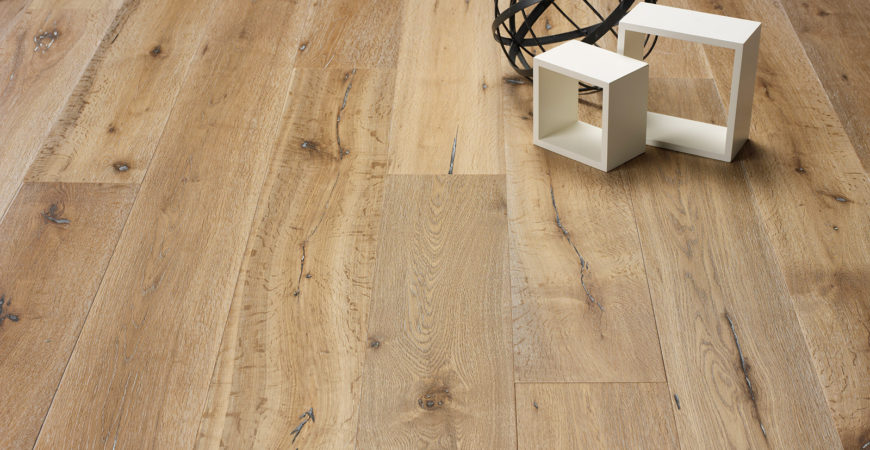What Is Hardwood?
- Published By: District Floor Depot

If you’re anything like me, you tend to want to know the why of things. Like, why does the moon look bigger when it’s lower in the sky? Why are Steven Segal movies so bad, and yet so good? And, why does an oak floor from northern mills usually cost more than one from a southern mill? Well I can only speak to the last question, but I do like Segal movies.
It’s true in wine that the best usually start from the best grapes, and the best grapes are grown in geographic regions that provide ideal conditions to bring out the full complexities of the grape. The same thing can

Trees from regions with longer growing seasons like the southern states, will produce timber that has greater color variations and bolder grain structure since there is more time for the tree to develop more fiber during it’s longer growing season. Once the tree loses its leaves, it enters a dormant stage and stops growing. Trees growing in northern environments have shorter growing seasons and, therefore, develop tighter structures and a more uniform color. They also tend to be smaller and, therefore, take longer to grow to harvest-able sizes. For these reasons, northern woods cost more.
Aside from simple latitude, there is some impact from regions. Appalachian woods are grown in a central region at a higher elevation, which has an impact on the growth of the tree respectful of it’s growth timing and environment. It’s true that you get what you pay for. This may seem a little too detailed for most people, but for a real woody like me it’s important and we take the time to make sure when you buy from us you know exactly what you’re getting. You will never pay more for a product from us, but rest assured you will know just what you are paying for. The rest is up to you.

